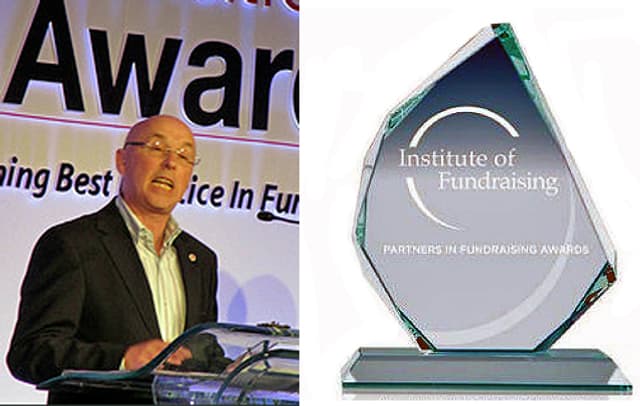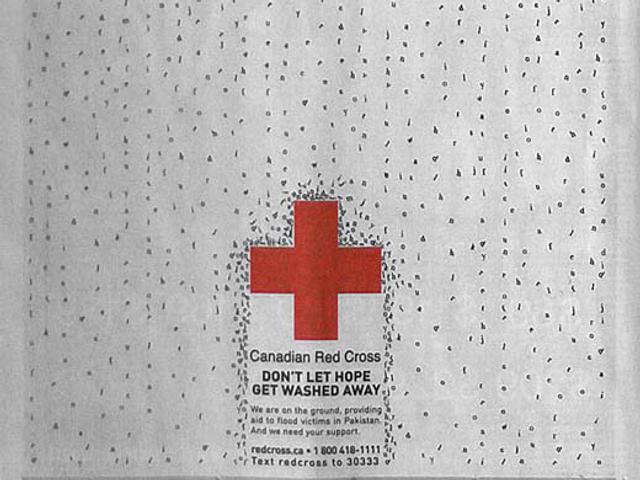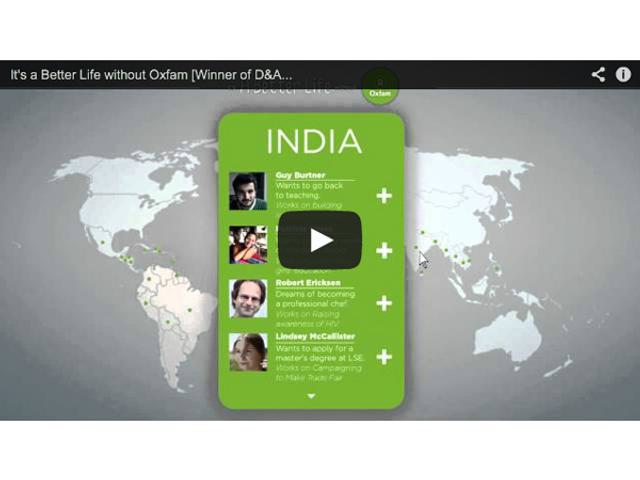The Fundraiser’s Toolbox
You know that fundraising is hard work. To be successful you need to be well equipped to take on all its challenges. At SOFII, we thought you might like some help. So we’ve put together this fundraiser’s toolbox that we’ll be filling with essential examples, formats, articles, case studies, ideas and tips that we think every fundraiser should know about.
An opportunity grabbed and one wasted

by Andrew Papworth
It seems that when one opportunity is grasped another slips passed. The ‘IF’ campaign has a powerful message, but do you agree with Andrew Papworth when he says that they haven’t managed to get it across?
Read moreDon’t take research findings at face value

by Andrew Papworth
You are always being encouraged to know your donors, who they are and why they give. Research is a good way to learn this. But, warns Andrew Papworth, you should be suspicious if, like the findings here, full methodology isn’t given.
Read moreWorking with suppliers: building partnerships based on value for money

by Mark Astarita
Click here to find out why Britain’s No 1 fundraiser thinks the relationship between client and supplier is so important. And why a few training sessions on how to be a good client (and supplier) would be a welcome addition to any fundraising conference.
Read moreThe ad that trivialises tragedy

by Jeff Brooks
Jeff Brooks has some more severe words for ad agencies and their questionable campaign creations for charities.
Read moreBe womankind?

by Andrew Papworth
SOFII is all about celebrating and sharing great fundraising ideas so that we can all become a little more successful ourselves. But here Andrew Papworth, author of fundraising newsletter, Harvest, suggests that an Oxfam advert unveiled for International Women’s Day isn’t exactly top of the list to take fundraising notes from. What do you think?
Read moreNothing is stupid about this

by Jeff Brooks
SOFII regular, Jeff Brooks has identified yet another stupid nonprofit advert. In this example he claims that what could have been an unusual, quirky and ultimately successful fundraising product was de-railed by the self-indulgence of its creators. Do you agree?
Read moreViolent video explodes nonprofit’s reputation

by Jeff Brooks
Jeff Brooks identifies not just a bad advert but, in his view, an evil one. He argues that this aberration has done lasting damage to the charity’s cause and reputation. Agree or disagree – what do you think?
A number of people have asked if I planned to feature this short film produced for climate change charity 10:10 in this bad nonprofit ad showcase.
Read moreDisaster fundraising at its worst

by Jeff Brooks
After the earthquake in Haiti, it didn’t take long for the bad fundraising messages to crawl out of the woodwork. Here's an example of run-amok abstractionism, from the People of The United Methodist Church. I’m guessing that they had some help from an ad agency on this one. Who else could have screwed up such a simple and compelling message?
Read moreAn ad that unplugs a flood of nonprofit stupidity

by Jeff Brooks
This effort from the Canadian Red Cross shows how an ad writer can get things hopelessly wrong.
Read moreThis ad accuses repressive governments of absent-mindedness

by Jeff Brooks
As with other bad nonprofit ads, the question is this: why resort to abstraction when the truth itself is so powerful?
Read moreGarbage in, garbage out

by Jeff Brooks
Oh dear, oh dear, here’s an award-winning ad that has lost the point entirely. The young people featured make it seem they think fundraising is a bigger enemy than poverty. I’m sure they didn’t mean it – or did they?
Read moreStupid misconception about the inner lives of children

by Jeff Brooks
According to Jeff Brooks the slogan ‘it’s easy to convince children that killing is a game’ is breathtakingly false and the premise of this ad is an insanely ill-conceived visual metaphor.
Read more






